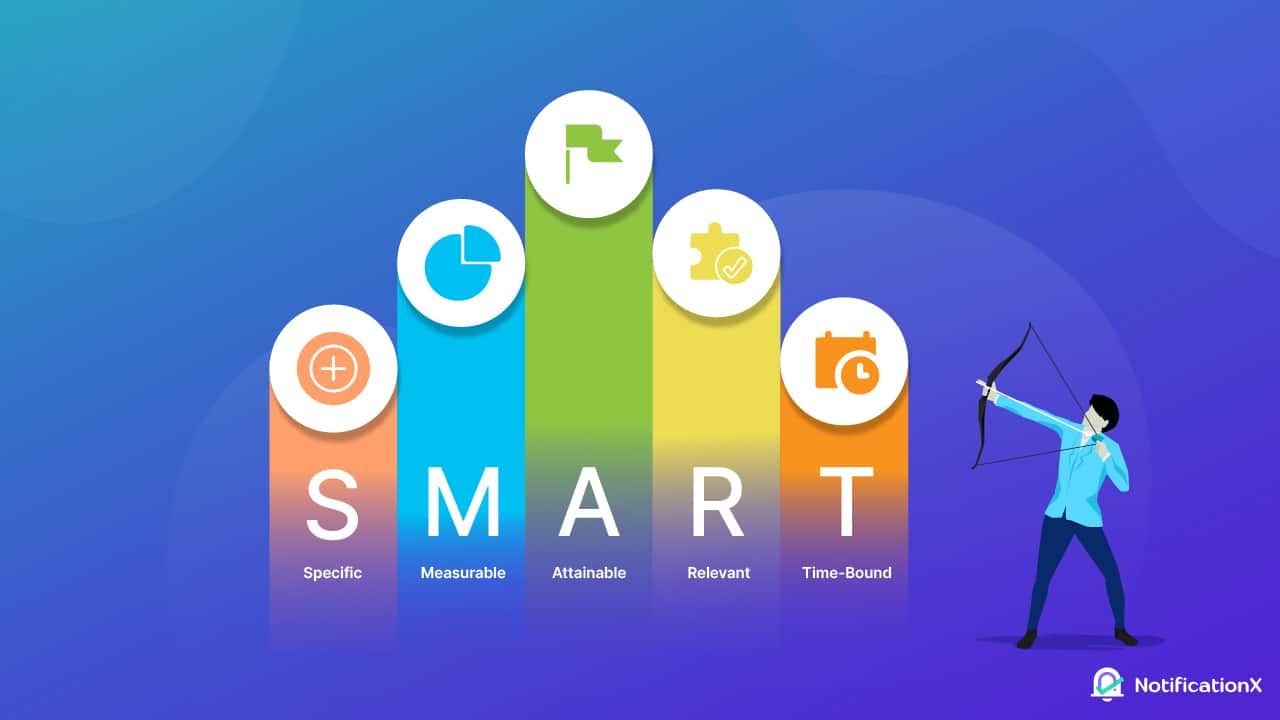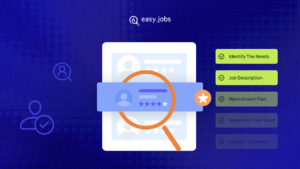Practicing routine office check-ins is a strategy businesses can use to meet the increasing demand for openness and authenticity. Needless to say, check-ins foster a dynamic working relationship between managers and staff that improves the employee experience, raises engagement, and naturally synchronizes company and staff goals.
But instead of being one-way conversations centered on work, growth, and trust, they must be two-way exchanges. Today, we will share your most popular check-in strategies so you can start practicing in your organization.

The Benefits of Regular Check-Ins
Ensuring regular check-ins into your office routine has numerous benefits, including increased productivity, teamwork, and overall organizational effectiveness. Here’s an overview of the benefits and how check-ins promote accountability, communication, and progress tracking:
Set Clear Expectations & Accountability
Regular check-ins establish clear expectations and goals for employees. By setting objectives and milestones, team members understand what is expected of them, which increases accountability.
Follow-Up on Commitments
Check-ins provide opportunities to follow up on previous tasks assigned, commitments, and deadlines. This ensures that tasks are completed on time, discusses project directions, and helps team members stay accountable for their actions.
Identify Problems in Regular Practises
Through check-ins, any issues or obstacles hindering progress can be identified early. This proactive approach allows for timely resolution and prevents accountability gaps.
Create Open Dialogue And Communication
Regular check-ins foster open dialogue between managers and team members. Employees feel more comfortable expressing their ideas, concerns, and challenges, leading to improved communication and collaboration.
Help to Exchange Feedback
Check-ins facilitate the exchange of feedback between managers and employees. Constructive feedback helps individuals understand their strengths and areas for improvement, leading to professional growth and in-depth insights.
Ensure That Goals Are Aligned
Check-ins ensure alignment between individual and organizational goals. By discussing progress and priorities, everyone remains on the same page, resulting in better coordination and synergy within the team.
Progress Tracking in Real-Time
Check-ins provide real-time updates on project status and progress. Managers can track milestones, identify bottlenecks, and allocate resources accordingly to ensure timely completion of tasks.
Key Indicator Performance Evaluation
Regular check-ins serve as opportunities for performance evaluation and recognition. Managers can assess individual contributions, provide acknowledgment for achievements, and offer support for areas needing improvement.
The Power of Check-Ins: 7 Proven Strategies
Check-ins with employees all make it easy to connect a series of conversations involving feedback, advice, and dialogue to our employees’ development. After all, it includes input, advice, and dialogue for the development of our employees.
As with any other HR strategy, there are best practices for conducting check-ins, whether from home or the office. Here are seven critical factors that can help standardize your check-in strategy while maintaining responsiveness and flexibility. Let’s check them one by one.
Strategy 1: Setting Clear Objectives
Before starting to regulate check-ins in your organization, you have to clear out the purpose and objectives. Clear objectives serve as a road map for the check-in, ensuring that discussions stay focused and relevant to their intended purpose. It ensures that the check-in is consistent with the larger organizational goals and priorities, which contributes to overall strategic alignment and coherence.
You can also make it possible to accurately measure and evaluate progress. This promotes accountability and facilitates the tracking of outcomes and performance. When participants understand the check-in’s purpose and goals, they are more likely to participate and contribute meaningfully to the conversation. That is why it is critical to establish clear objectives. Here are some tips and best practices for developing SMART goals and objectives.

Strategy 2: Establishing Frequency And Format
Determining the appropriate frequency and format for check-ins is essential to ensure effective communication, collaboration, and progress tracking within teams. Here’s how to approach establishing frequency and format, along with exploring different formats such as one-on-one meetings, team check-ins, and self-reflection sessions:
- Evaluate the dynamics and needs of your team. High-performing teams can benefit from regular check-ins but teams facing challenges may require a more frequent check-in than the other teams along with additional support
- Strike a balance between micro-level check-ins (e.g., daily or weekly stand-up meetings) for short-term progress updates and macro-level check-ins. It will broaden strategy discussions and goal alignment.
- Use feedback from team members to refine the frequency of check-ins over time. Solicit input on whether the current frequency is sufficient for effective communication and collaboration or if adjustments are needed.
Always remember to be flexible and adaptable when determining the frequency and format of check-ins. You should be willing to experiment and make adjustments in response to changing team dynamics, project requirements, and participant feedback.
Here are some popular check-in formats you can start practicing in your organization:
| One-on-One Meetings | Cross-Functional Check-Ins |
| Team Check-Ins | Virtual Check-Ins |
Strategy 3: Creating a Safe & Supportive Environment
Fostering a safe and supportive atmosphere during check-ins is paramount for building trust, promoting open communication, and nurturing positive relationships within teams. When team members feel safe and supported, they are more likely to share their thoughts, ideas, and concerns openly. This creates a culture of trust and psychological safety where individuals feel comfortable taking risks and being vulnerable.
In a safe environment, conflicts can be addressed constructively and resolved amicably. Members of your team are empowered to express their worries and collaborate with one another to find answers. With a focus on empathy, constructive criticism, and active listening, you can create a safe and encouraging environment during check-ins that builds teamwork, communication, and trust.
Strategy 4: Encouraging Open Communication
Promoting open communication during check-ins is essential for fostering transparency, trust, and collaboration within teams. Here are techniques for encouraging open communication and the importance of asking open-ended questions, active listening, and addressing concerns:
- Create a welcoming and non-judgmental environment where team members feel comfortable expressing their thoughts and opinions without fear of criticism or reprisal.
- Demonstrate openness and transparency in your communication style. Encourage sharing of both successes and challenges and be willing to listen actively to others.
- Consistently schedule and prioritize regular check-in meetings to provide dedicated time and space for open communication.
- Start check-in meetings with icebreaker questions or activities to help break the ice and encourage participation.
- Encourage team members to share their thoughts and ideas by creating safe spaces where everyone’s contributions are valued and respected.
By employing these techniques and emphasizing the importance of open-ended questions, active listening, and addressing concerns, you can create an environment of open communication. It will lead your team members to feel empowered to share their ideas, feedback, and concerns openly during check-ins. This cultivates a culture of transparency, trust, and collaboration, ultimately leading to improved team performance and outcomes.
Strategy 5: Tracking Progress And Celebrating Wins
Tracking progress and celebrating achievements during check-ins is crucial for maintaining motivation. It will reinforce positive behaviors and foster a culture of recognition within teams. Methods for tracking goals, milestones, and achievements effectively:

Establish Clear Goals and Milestones: Define specific, measurable, and achievable goals with clear milestones and deadlines. Break down larger objectives into smaller, manageable tasks to track progress more effectively.
Celebrate Achievements: Recognize and celebrate achievements, both big and small, during check-in meetings or through other channels such as team emails, Slack channels, or recognition boards. Acknowledge individual and team contributions, and express appreciation for their efforts.
Utilize Project Management Tools: Leverage project management tools and software platforms to track goals, tasks, and deadlines. Tools such as Trello, Asana, or Jira provide visibility into project progress, facilitate collaboration, and allow for real-time updates.
Visual Progress Tracking: Create visual aids such as progress charts, graphs, or dashboards to visualize goal attainment and milestones. Visual representations make it easier for team members to understand progress at a glance and stay motivated.
Strategy 6: Identifying Challenges And Roadblocks
Addressing challenges and roadblocks during check-ins is crucial for maintaining momentum, overcoming obstacles, and ensuring progress toward goals. By identifying issues early on, teams can take proactive measures to mitigate risks and keep progress on track. Acknowledging challenges fosters a problem-solving mindset within the team. It ensures that individuals take ownership of their responsibilities and actively work towards overcoming obstacles.
Strategies for Identifying Obstacles, Problem-Solving, and Seeking Support:
| Encourage Open Communication | Brainstorm Solutions |
| Use root cause analysis | Seek input from stakeholders |
| Develop contingency plans | Prioritize and allot resources |
Strategy 7: Adjusting And Adapting as Needed
Flexibility and adaptability are essential components of effective check-in strategies, allowing teams to respond proactively to feedback and changing circumstances. In today’s fast-paced business environment, change is inevitable. Flexibility and adaptability enable teams to navigate uncertainties and respond effectively to evolving situations.
Teams that are flexible and adaptable are resilient in the face of challenges and setbacks. They can adjust quickly to unforeseen obstacles and setbacks, maintaining momentum toward their goals. Adapting to changing customer needs and market dynamics is crucial for staying competitive. Flexibility allows teams to pivot their strategies and offerings to better meet customer demands and preferences.
Guidance on Adjusting Goals, Strategies, And Approaches:
- Schedule regular check-ins to review progress, assess the effectiveness of current strategies, and reflect on lessons learned. Use these opportunities to identify areas for improvement and adjustment.
- Solicit feedback from team members, stakeholders, and customers to gain insights into their experiences and perspectives. Use feedback to identify strengths, weaknesses, opportunities, and threats (SWOT analysis) and inform decision-making.
- Track key performance indicators (KPIs) and metrics to gauge progress and effectiveness. Use data-driven insights to identify areas for improvement and guide decision-making.
Cultivate Check-In Strategies & Foster Productivity
We should always practice putting an entire organization under regulation. Check-ins are a very useful tool for empowering staff members to take responsibility for their own development and role within your company. They offer a way to create and preserve stronger bonds between managers and staff, unite around common objectives, and transform the office into a productive, lively community. Apply these 7 proven strategies and uncover the power of check-ins!
Subscribe to our blog to get more of these blogs, tips, and tricks. See you in our next article.







